

Eye strain, also known as digital eye strain or asthenopia, is a common condition that occurs when the eyes become tired from prolonged use. This condition...


Retinal disorders are a group of conditions that affect the retina, the thin layer of tissue at the back of the eye responsible for receiving and...
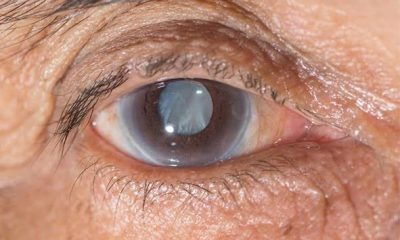

Cataracts are a common eye condition that affects millions of people worldwide, particularly as they age. Characterized by a clouding of the eye’s natural lens, cataracts...


Presbyopia is a common age-related condition that affects the eye’s ability to focus on close objects. It typically begins to surface around age 40 and gradually...
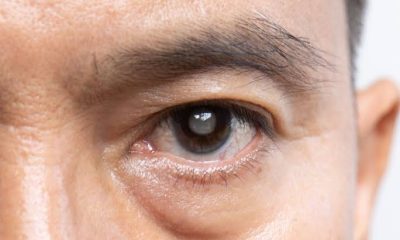

Glaucoma, often termed the “silent thief of sight,” is a group of eye diseases that progressively damage the optic nerve, which is crucial for vision. This...
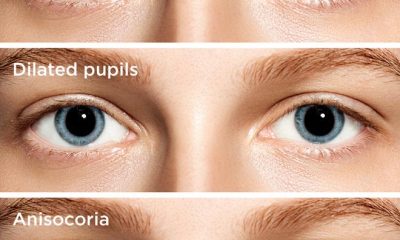

Pupil dilation, or mydriasis, occurs when the black center of the eye (the pupil) expands to allow more light in. This is a natural response that...
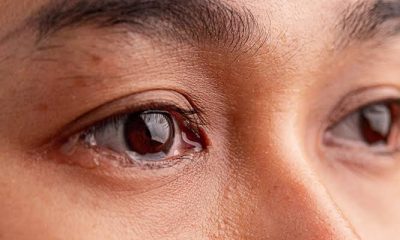

Watery eyes, medically known as epiphora, occur when there is an overflow of tears without an obvious cause like crying. This condition can be uncomfortable and...
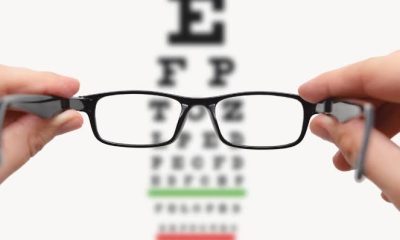

Blurry vision is a common eye problem characterized by a loss of sharpness in vision, making objects appear out of focus or hazy. It can occur...


Children’s eye health is crucial for their development, learning, and overall well-being. Here are practical tips for parents to help improve and maintain their child’s eyesight:...
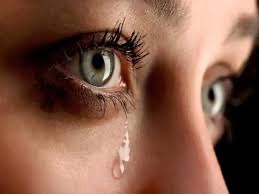

Tears are more than just a sign of emotion—they play a crucial role in maintaining the health and function of your eyes. Here’s a look at...